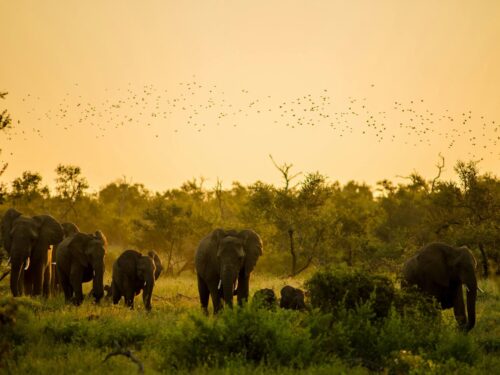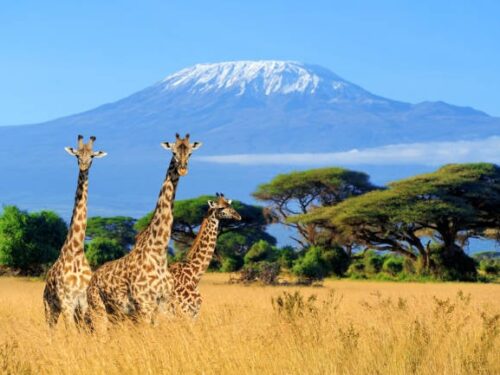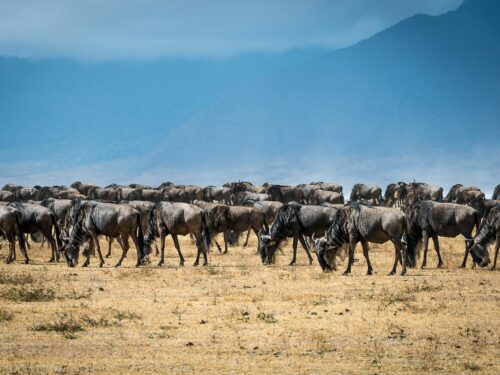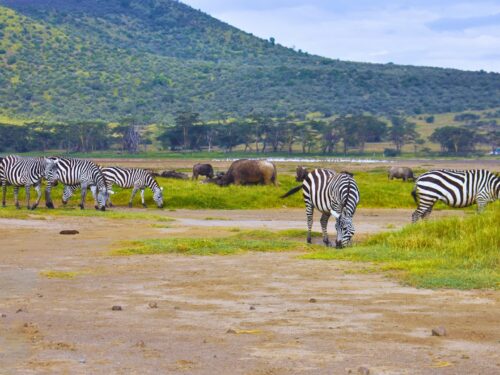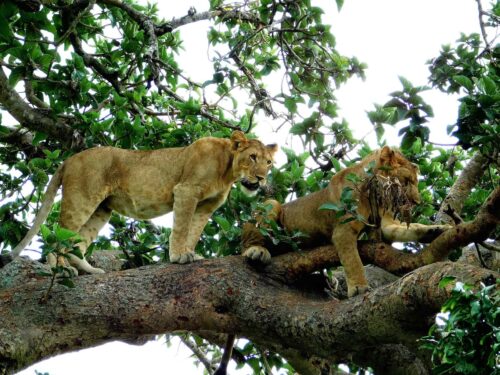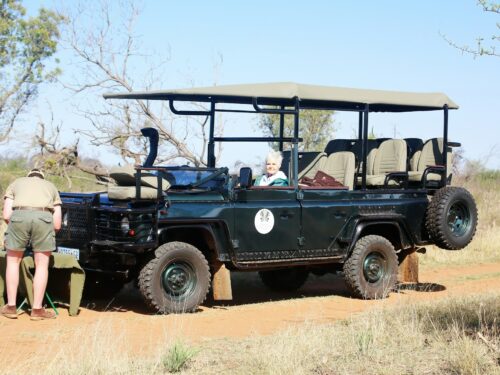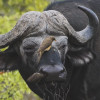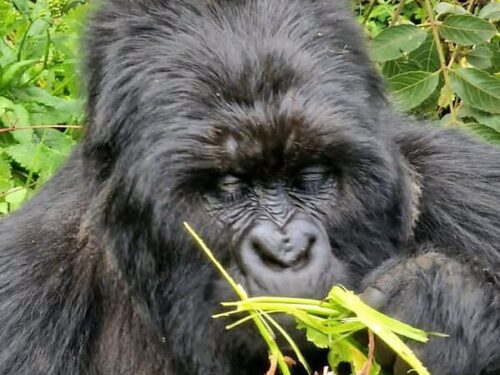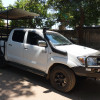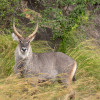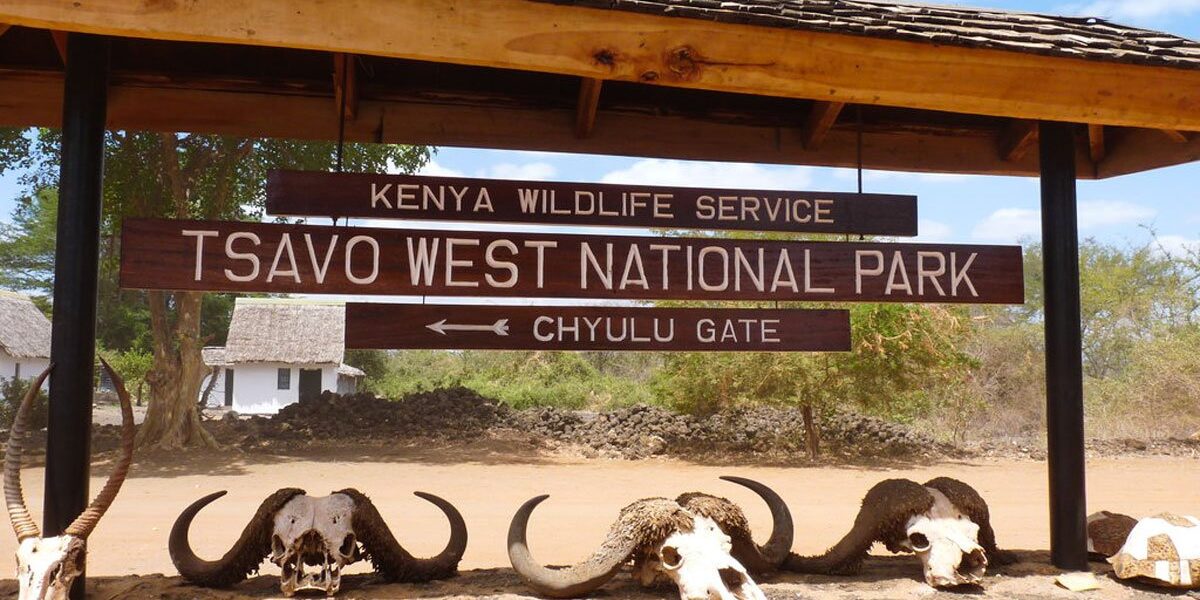
Tsavo National Park is one of Kenya’s largest and most iconic wildlife reserves, renowned for its dramatic landscapes, rich biodiversity, and historical significance.
Whether you’re interested in safari adventures, exploring diverse ecosystems, or learning about the park’s history, Tsavo offers something for everyone.
Here’s a comprehensive guide to help you plan your visit.
Overview of Tsavo National Park
Tsavo National Park is located in southeastern Kenya, about 200 kilometers (124 miles) from Nairobi and 100 kilometers (62 miles) from Mombasa. The park is divided into two main sections: Tsavo East and Tsavo West, each with its own unique character and wildlife experiences.
Tsavo is one of the largest wildlife parks in Kenya, covering about 22,000 square kilometers (8,500 square miles) combined (Tsavo East is about 13,747 sq km and Tsavo West is about 9,065 sq km). Its vast size means there’s plenty of room for exploration, from open plains and savannas to mountain ranges and wetlands.

When is the Best Time to Visit Tsavo National Park?
There are two distinct seasons to visit Tsavo National Park:
- Dry Season (June to October): This is the best time for a safari in Tsavo. The weather is warm and dry, which makes wildlife easier to spot as animals congregate around the remaining water sources. The landscape is less dense, providing better visibility for game drives.
- Green Season (November to May): While the rainy season brings lush greenery and vibrant landscapes, it can make wildlife harder to spot due to the thick foliage. However, this is the best time for birdwatching, and the park is less crowded. The rainy season is also when the park experiences cooler temperatures.

Main Attractions in Tsavo National Park
Wildlife viewing
When visiting Tsavo National Park, you can expect to see great wildlife, including:
- Big cats: Tsavo is home to lions, leopards, and cheetahs. Tsavo East is famous for its “Man-Eating Lions,” though the exact historical event is now more legend than fact.
- Elephants: Tsavo is known for its large population of red elephants, so-called because they coat themselves in the park’s red dust. They are a highlight for visitors.
- Other animals: Tsavo also hosts buffaloes, giraffes, zebras, gazelles, wildebeest, hippos, crocodiles, and various antelope species. The park is home to both common and rare species.
- Birdwatching: Tsavo is a birdwatcher’s paradise, with over 500 bird species recorded, including ostriches, eagles, and flamingos (especially in wetland areas).
Related read: Kenya Attractions: A Guide to Experiencing Kenya

Mzima Springs (Tsavo West)
A popular site in Tsavo West, Mzima Springs is a freshwater oasis that supports a diverse range of wildlife. The spring is famous for its underwater viewing platform, where visitors can see hippos, crocodiles, and fish in crystal-clear waters.
Sheldrick Falls (Tsavo East)
Located in the central part of Tsavo East, Sheldrick Falls is a beautiful and remote waterfall. It’s accessible by foot or 4×4 vehicle, offering a peaceful spot for visitors to enjoy nature.
Chyulu Hills (Tsavo West)
The Chyulu Hills offer stunning views of the park and Mount Kilimanjaro, located to the south. You can hike through these hills, which are lush with vegetation and host wildlife like buffalo, giraffes, and zebras.
Poacher’s Lookout
Located in Tsavo West, this site is both historically significant and scenic. It offers panoramic views and is a reminder of the park’s history with poaching, as well as ongoing conservation efforts.
The Lava Flow (Tsavo West)
This geological feature is the result of volcanic activity. The blackened lava rock creates a dramatic and unique landscape that contrasts with the surrounding savanna and jungle.
How to Get to Tsavo National Park
By road
- From Nairobi: Tsavo East and Tsavo West can be accessed by road from Nairobi, approximately a 4-5 hour drive (200-250 km). The main highway is the Nairobi-Mombasa Road (A109), which passes through the park’s northern and southern gates.
- From Mombasa: Tsavo is closer to Mombasa (100-120 km), and it takes around 2-3 hours to reach the park by road. This is a good option for those coming from the coast.
By air
There are daily scheduled flights from Nairobi and Mombasa to several airstrips inside the park (such as Tsavo East’s Satao Elerai Airstrip or Tsavo West’s Amboseli Airstrip).
From there, you can arrange for a vehicle transfer to your lodge or camp.
If you book your trip with a travel operator like Trumpet Adventures, they’ll organize all transfers for you. Get in touch with them directly below to find out how they can help organize the ultimate safari in Kenya:
Accommodation Options in Tsavo National Park
Various accommodation options are available, ranging from luxury lodges to budget-friendly campsites.
Luxury lodges & camps
The Ngulia Safari Lodge (Tsavo West): A luxurious lodge with panoramic views of the park and Mount Kilimanjaro. It has a famous waterhole where animals can be spotted, especially in the evening.
Satao Elerai Camp (Tsavo East): Located in a secluded area of Tsavo East, this luxury tented camp offers excellent wildlife viewing and views of Mount Kilimanjaro.
If you book a five-night trip to Amboseli and Tsavo West Safari with Trumpet Adventures, you’ll spend two nights at Ngulia Safari Lodge.

Mid-range options
Voi Safari Lodge (Tsavo East): A comfortable lodge with great access to Tsavo East’s wildlife and panoramic views.
Kilaguni Serena Safari Lodge (Tsavo West): Situated near Mzima Springs, this lodge offers a relaxing experience with a saltlick-style waterhole where animals are often seen.
Budget options & campsites
Campsites in Tsavo East & Tsavo West: There are several public campsites (e.g., at Satao Camp or Chyulu Hills Camp) where you can set up a tent and enjoy the rugged natural environment. These are ideal for visitors looking for a more rustic experience.
Public Rest Houses: The park also has basic rest houses for self-catering visitors, providing simple accommodation at a lower cost.
Safari Activities at Tsavo National Park
Here are the main safari activities to get up to at the national park:
- Game drives: The most popular activity in Tsavo is the game drive. Most lodges and camps offer both morning and afternoon safari drives. Early morning drives are best for spotting animals when they are most active.
- Walking safaris: Available in certain areas of the park, guided walking safaris offer a more intimate experience with nature. You’ll be accompanied by a trained ranger who will explain the ecology and behavior of wildlife and plants.
- Bush breakfasts and sundowners: Many safari operators arrange for scenic bush breakfasts or sundowner stops, allowing you to enjoy the wilderness while relaxing with drinks and snacks in the open.

Tips for Visiting Tsavo National Park
Here are a few of our top tips when visiting Tsavo National Park:
- Dress appropriately: Neutral colors like khaki, brown, or green are ideal for blending in with the natural environment. Wear comfortable shoes for walking and a hat for sun protection.
- Stay hydrated and carry water: Tsavo is hot, and you will likely spend a lot of time outdoors, so carry water with you to stay hydrated.
- Pack binoculars and camera gear: Tsavo offers incredible wildlife viewing, so make sure to bring binoculars for birdwatching and a good camera for capturing the scenic landscapes and wildlife.
- Respect wildlife: Always stay at a safe distance from animals, and never feed or disturb them. Follow your guide’s instructions for safe interactions with the wildlife.
- Guided tours: It’s advisable to go on a guided safari tour with a local guide, as they know the park well and can increase your chances of spotting wildlife and understanding the park’s ecology.

